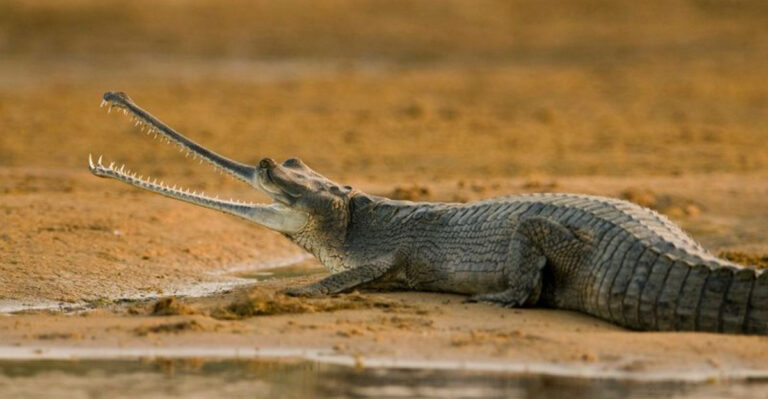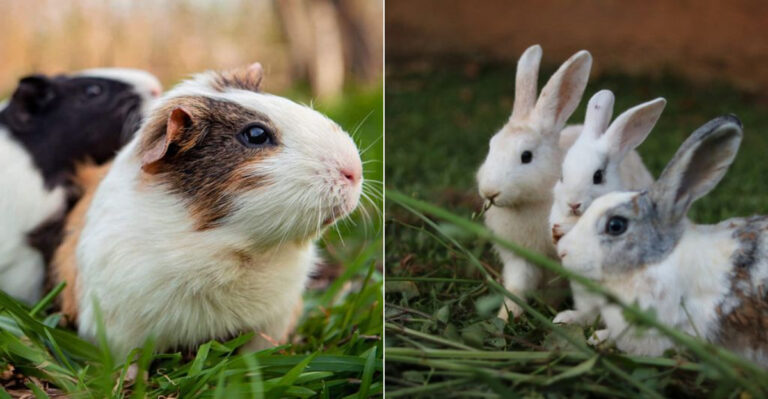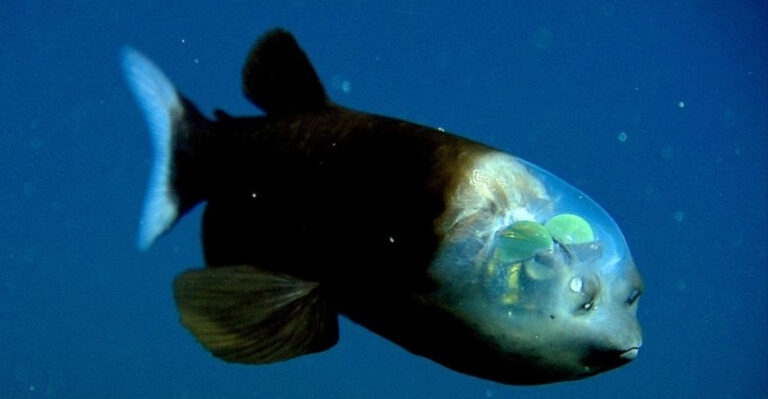16 Strange Creatures That Look Like They’re From Another Planet
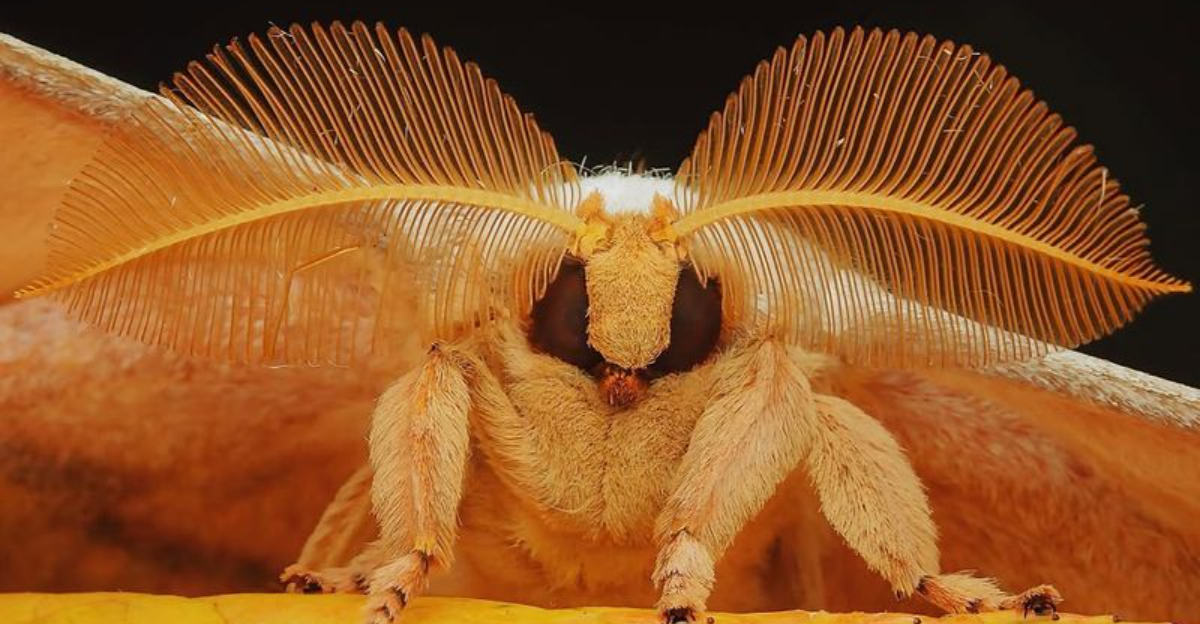
Step into the bizarre world of nature where some creatures seem to have emerged from science fiction rather than our own planet.
These extraordinary animals, with their unique features and fantastical appearances, challenge our understanding of the natural world.
From the depths of the ocean to the dense jungles, let’s explore these strange creatures that look like they’re from another planet.
1. Axolotl
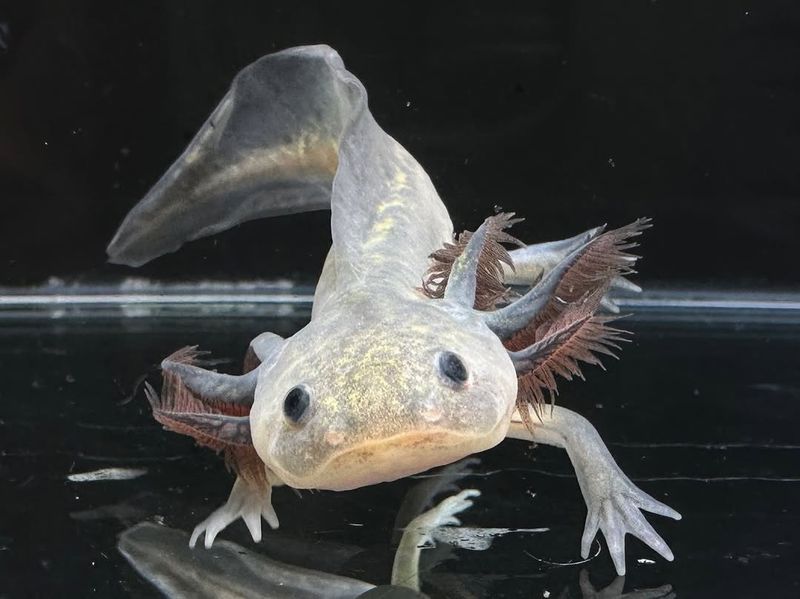
Meet the Axolotl, nature’s eternal adolescent! This unique amphibian never grows up in the traditional sense and keeps its larval features throughout its life.
With its cute, feathery gills and a perpetual smile, it seems like a creature from a whimsical fairy tale. Native to the lakes of Mexico, the Axolotl thrives underwater, delighting scientists with its incredible ability to regenerate limbs.
2. Blobfish
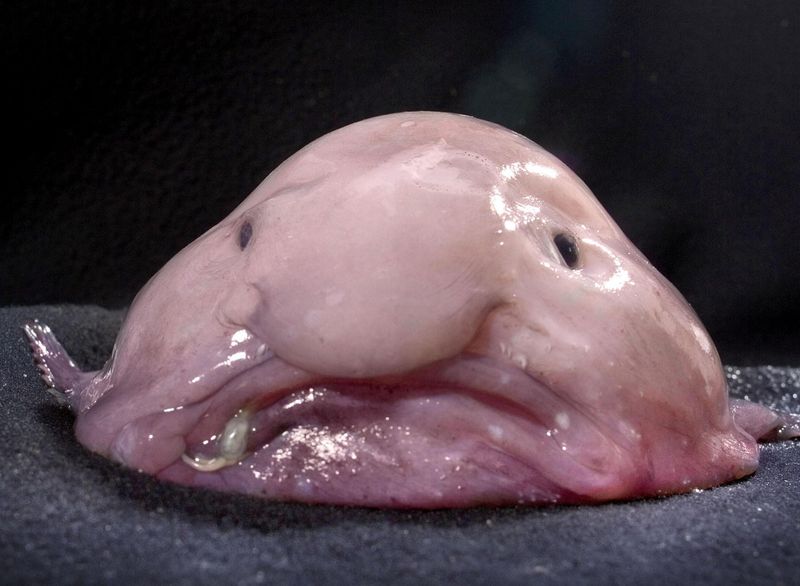
The blobfish, affectionately deemed the world’s ugliest animal, is a true deep-sea wonder. Living at depths where pressures are immense, its gelatinous body helps it survive without a swim bladder.
Its droopy, sad face has captured hearts worldwide, sparking memes and fan clubs. Despite its odd appearance, the blobfish is a perfect example of adaptation, thriving where few creatures dare to venture.
3. Aye-Aye
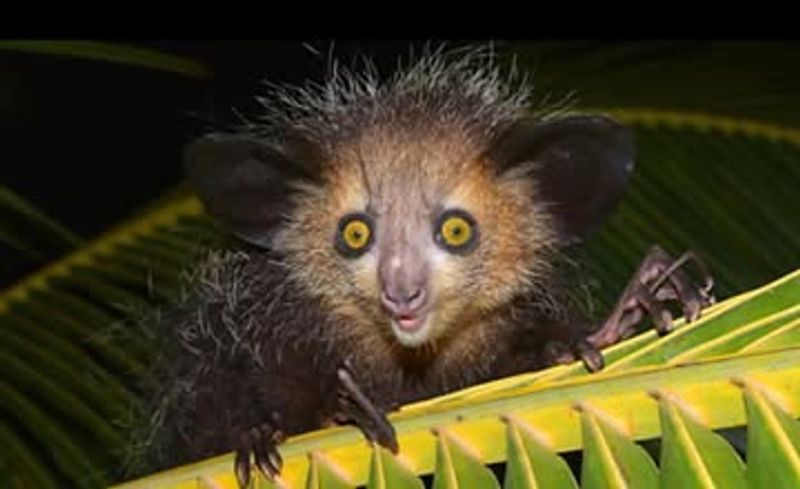
With eyes that could pierce the night and a middle finger that taps like a drum, the aye-aye is Madagascar’s nocturnal marvel. This lemur uses its elongated digit to fish insects out of tree bark, a skill unmatched in the animal kingdom.
Though odd in appearance, the aye-aye’s unique adaptations make it an incredible insect hunter, roaming the treetops with stealthy grace.
Its eerie yet captivating features intrigue those who dare to explore the island’s mysteries.
4. Glaucus Atlanticus
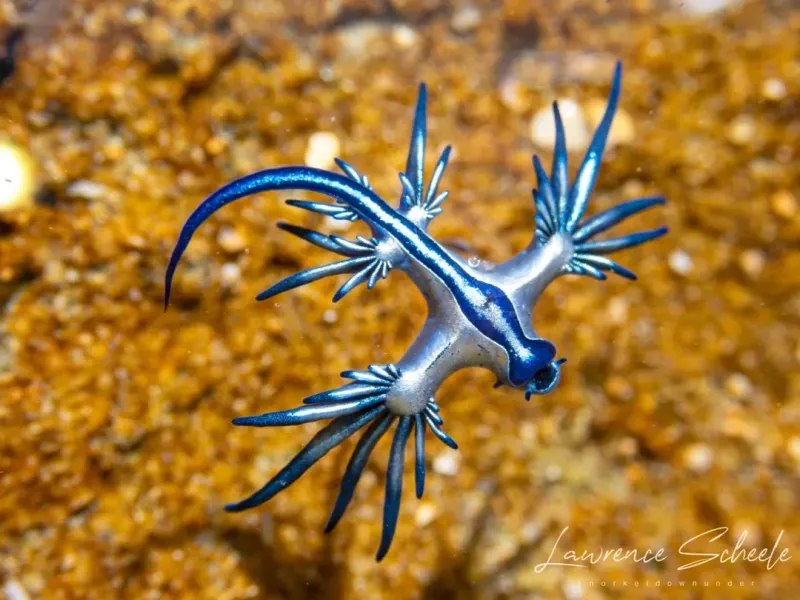
The Glaucus Atlanticus, or blue dragon, is a sea slug that drifts with ocean currents, flaunting striking hues of blue and silver. Its appearance is both beautiful and deceptive.
Despite its delicate look, this tiny creature can pack a sting, feeding on venomous jellyfish and storing their toxins. Its ethereal beauty and defensive prowess make it a captivating subject in marine biology.
5. Leafy Seadragon
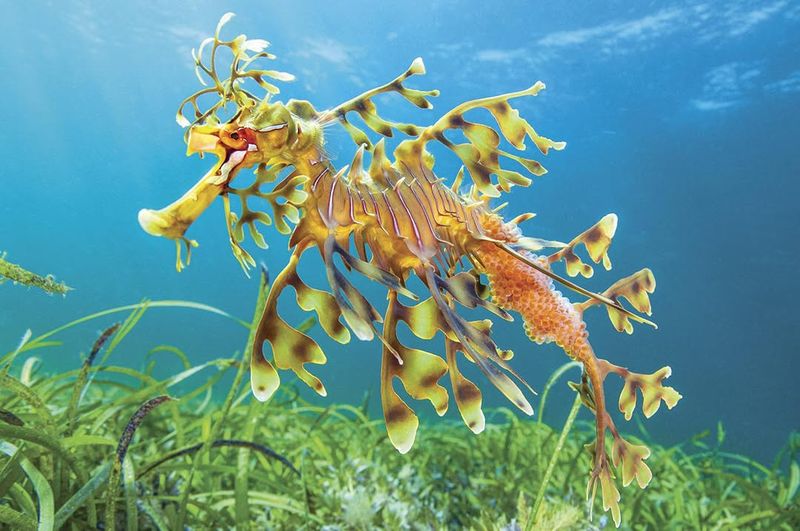
Floating like a piece of living seaweed, the leafy seadragon is a master of underwater disguise. Found along Australia’s southern and western coasts, its leaf-like appendages sway gently with the currents.
These delicate creatures rely on camouflage, blending seamlessly with seaweed to avoid predators. Their vibrant colors and intricate shapes make them a mesmerizing sight, capturing the wonder of oceanic life.
6. Platypus
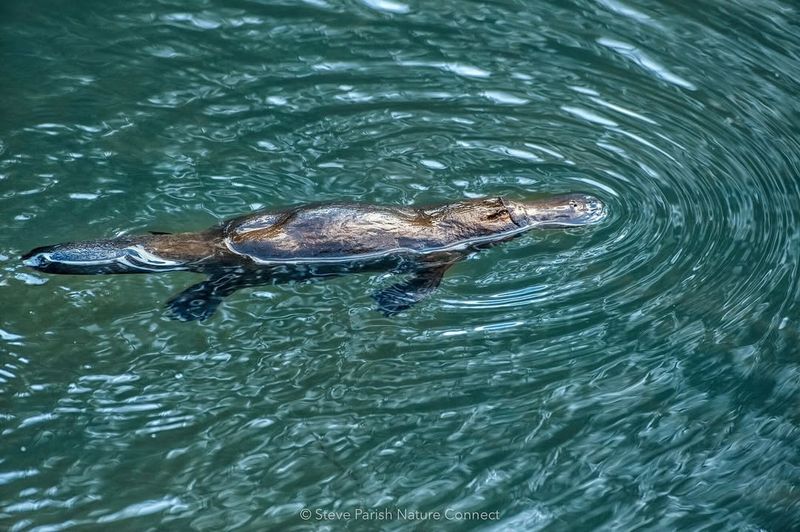
Imagine a duck, beaver, and otter combined into one creature, and you have the platypus. This peculiar mammal lays eggs, yet feeds its young with milk, defying typical mammalian norms.
Native to Australia, the platypus sports a duck-bill, webbed feet, and a beaver-like tail, making it an evolutionary enigma.
Its electroreception ability enables it to hunt underwater with eyes closed, adding to its list of remarkable traits.
7. Saiga Antelope
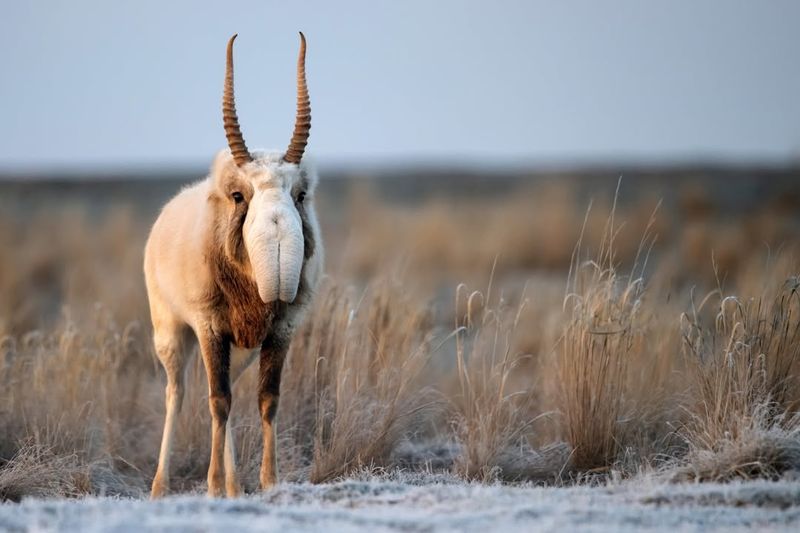
The saiga antelope, with its bulbous, flexible nose, looks like a creature from a fantasy novel. Found in the steppes of Central Asia, its nose helps filter dust and regulate body temperature.
This odd yet fascinating feature is crucial for survival in harsh climates. Unfortunately, the saiga faces challenges due to habitat loss, reminding us of the delicate balance in nature’s grand tapestry.
8. Venezuelan Poodle Moth
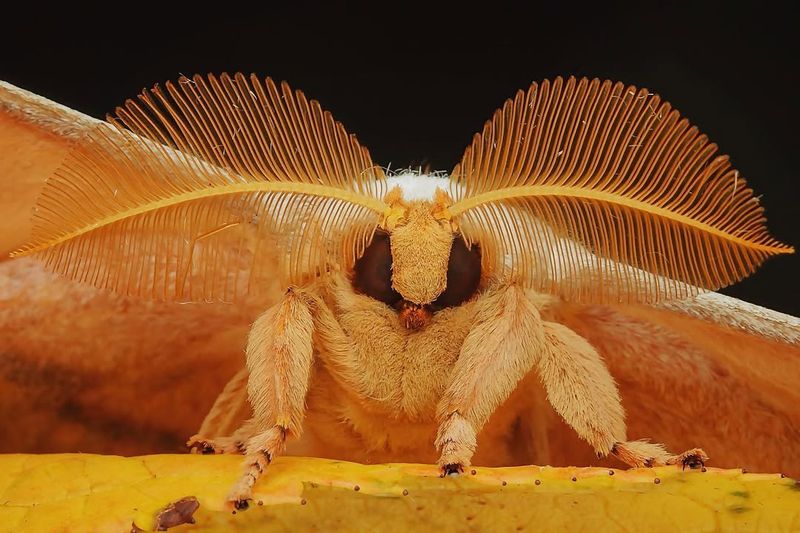
Discovered in Venezuela, the poodle moth looks like a tiny alien fluffed with cotton candy. With its furry body and delicate wings, it could easily star in a fantasy tale.
This moth’s unique appearance has sparked imaginations and debates about its classification.
Though little is known about it, the poodle moth stands as a testament to the surprising diversity of our planet’s insect world.
9. Goblin Shark
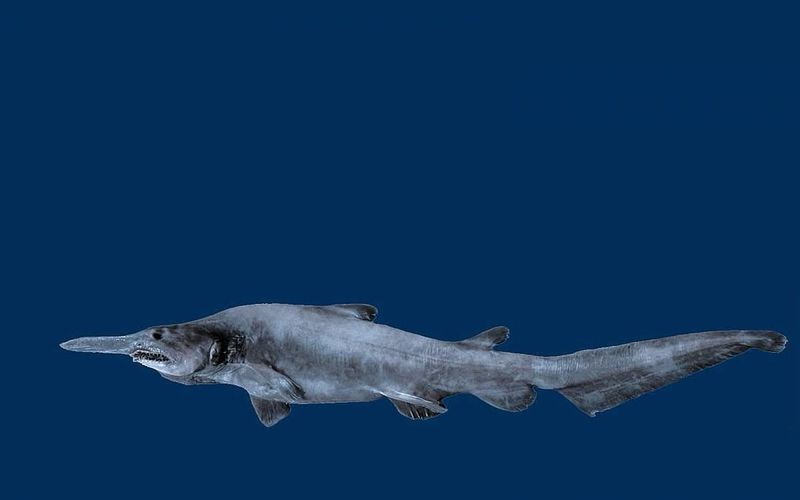
Straight from a horror movie, the goblin shark lurks in the deep waters with its eerie, extendable jaws and long snout. Its pinkish-gray skin glows under the ocean depths, adding to its mythical appearance.
Known as a living fossil, this shark’s lineage dates back millions of years. The goblin shark’s bizarre features make it a fascinating subject for marine biologists and thrill-seekers alike.
10. Star-Nosed Mole
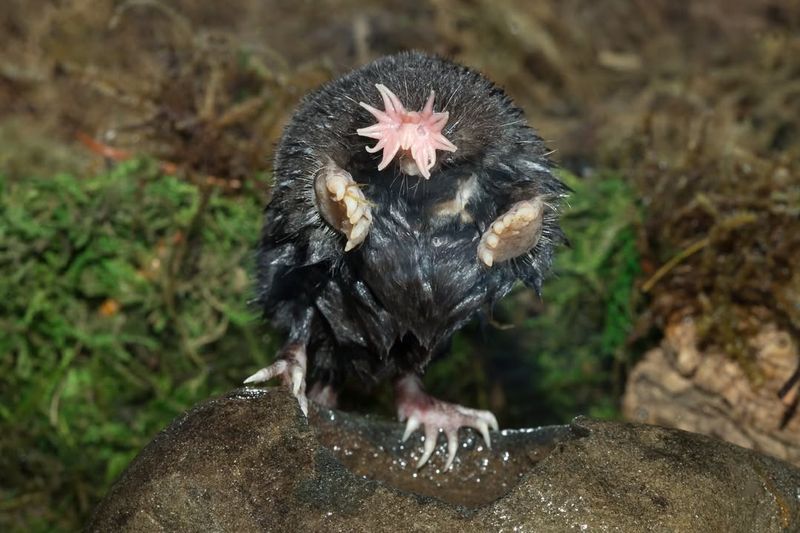
The star-nosed mole is nature’s quirky underground dweller, recognized by its unusual star-shaped nose. This sensitive appendage, with over 25,000 sensory receptors, is perfect for detecting prey.
Living in wet lowland areas, this mole can also swim, making it a versatile forager. Its bizarre nose not only looks extraterrestrial but is an evolutionary marvel, perfectly adapted to its subterranean lifestyle.
11. Shoebill Stork

With a beak that resembles a Dutch clog, the shoebill stork stands tall in the swamps of Africa. This solitary bird can appear statuesque, waiting patiently to catch its prey.
Its fierce look is deceiving, as it’s a gentle giant of the wetlands. The shoebill’s prehistoric aura and peculiar appearance make it a bird-watching favorite, drawing enthusiasts to its marshy habitat.
12. Mantis Shrimp
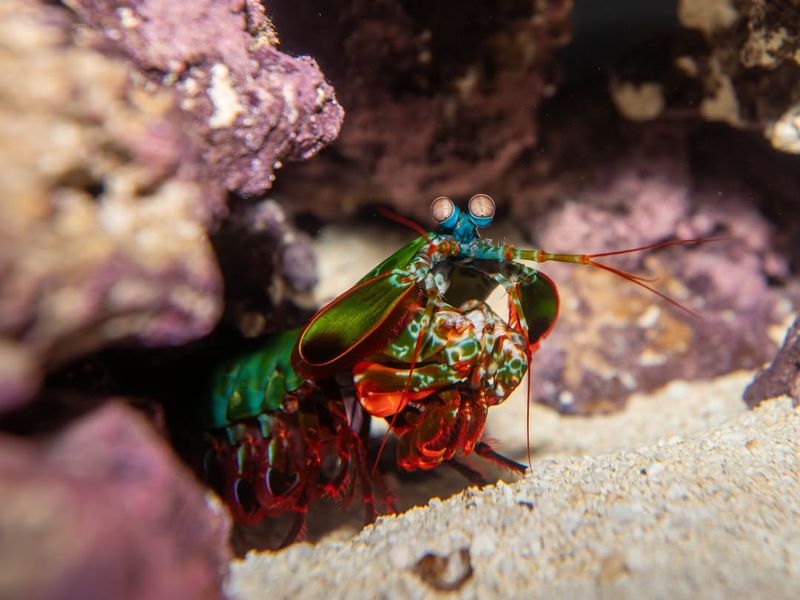
Who knew a shrimp could pack a punch? The mantis shrimp is renowned for its powerful claws that strike with the speed of a bullet, capable of cracking shells.
These vibrant, pugnacious crustaceans inhabit coral reefs and are known for their exceptional vision, detecting polarized light and seeing colors beyond human capability.
The mantis shrimp’s strength and visual prowess make it a standout in the underwater world.
13. Pangolin
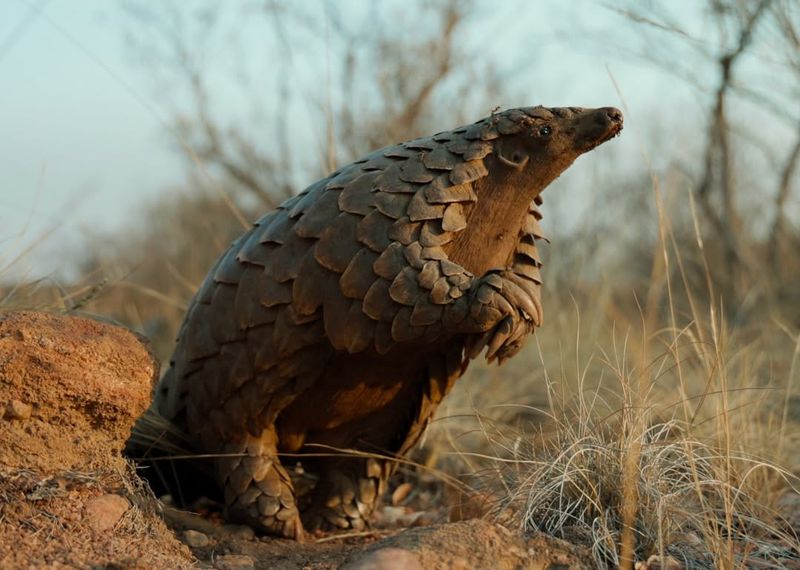
Like a living pinecone, the pangolin’s body is covered with tough, overlapping scales. When threatened, it curls into a protective ball, deterring predators.
Found in parts of Africa and Asia, these solitary creatures feast on ants and termites, using their long tongues to extract them from mounds.
Despite its armor-like exterior, the pangolin is vulnerable due to poaching, highlighting the need for conservation efforts.
14. Kakapo
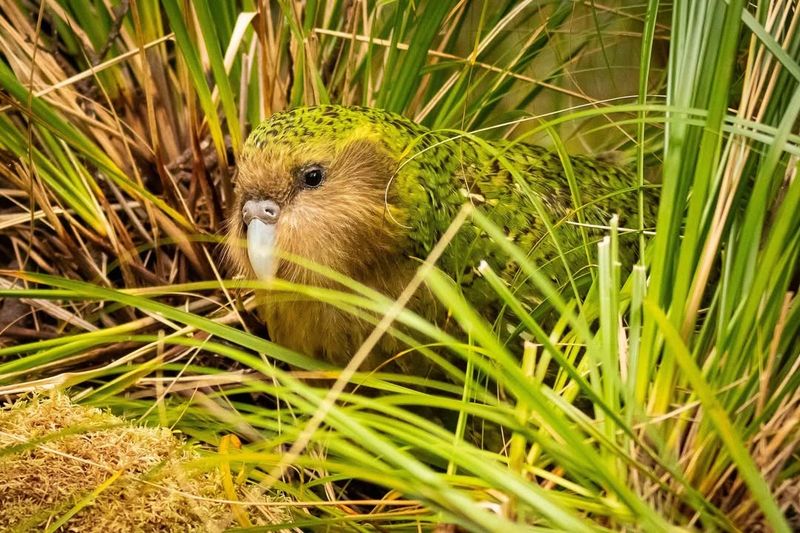
The kakapo, a flightless parrot from New Zealand, charms with its owl-like face and waddling gait. Known for its nocturnal habits and unique booming call during mating season, it’s a true avian oddity.
Once facing extinction, conservation efforts have helped revitalize kakapo populations. Its intriguing behavior and sweet temperament make it a beloved symbol of resilience and hope.
15. Narwhal

Dubbed the unicorn of the sea, the narwhal enchants with its long, spiral tusk, which is actually an elongated tooth. Found primarily in the Arctic, these majestic creatures navigate the icy waters with grace.
The tusk’s purpose is still a mystery, sparking myths and curiosity. Some suggest it’s for sensing changes in the environment, while others envision dueling narwhals under the northern lights.
16. Horseshoe Crab
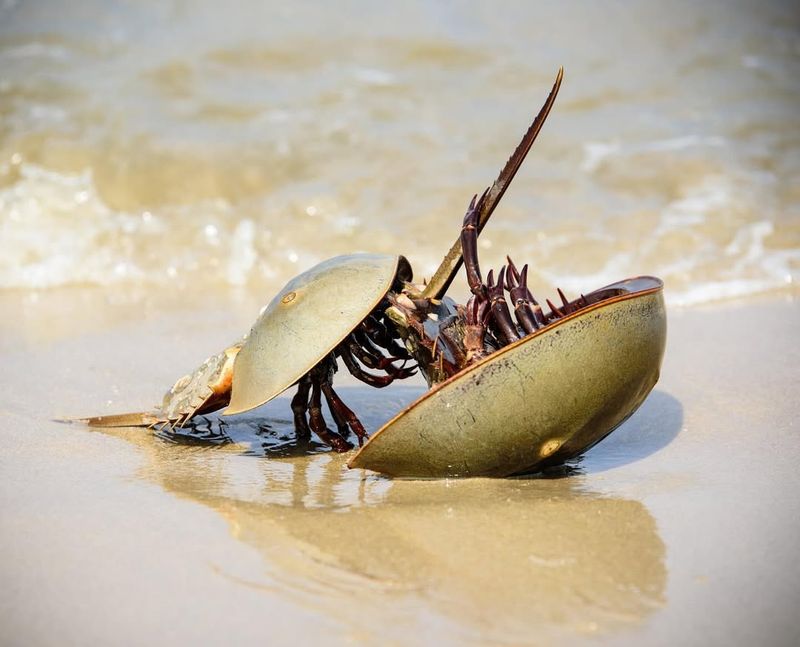
The horseshoe crab is not a crab but an ancient creature whose lineage stretches back 450 million years. With its helmet-like shell and spiky tail, it appears like a relic from the past.
Found along the Atlantic coast, this resilient animal plays a crucial role in the ecosystem. Its blue blood contains a substance used in medical testing, highlighting its significance beyond its prehistoric look.

